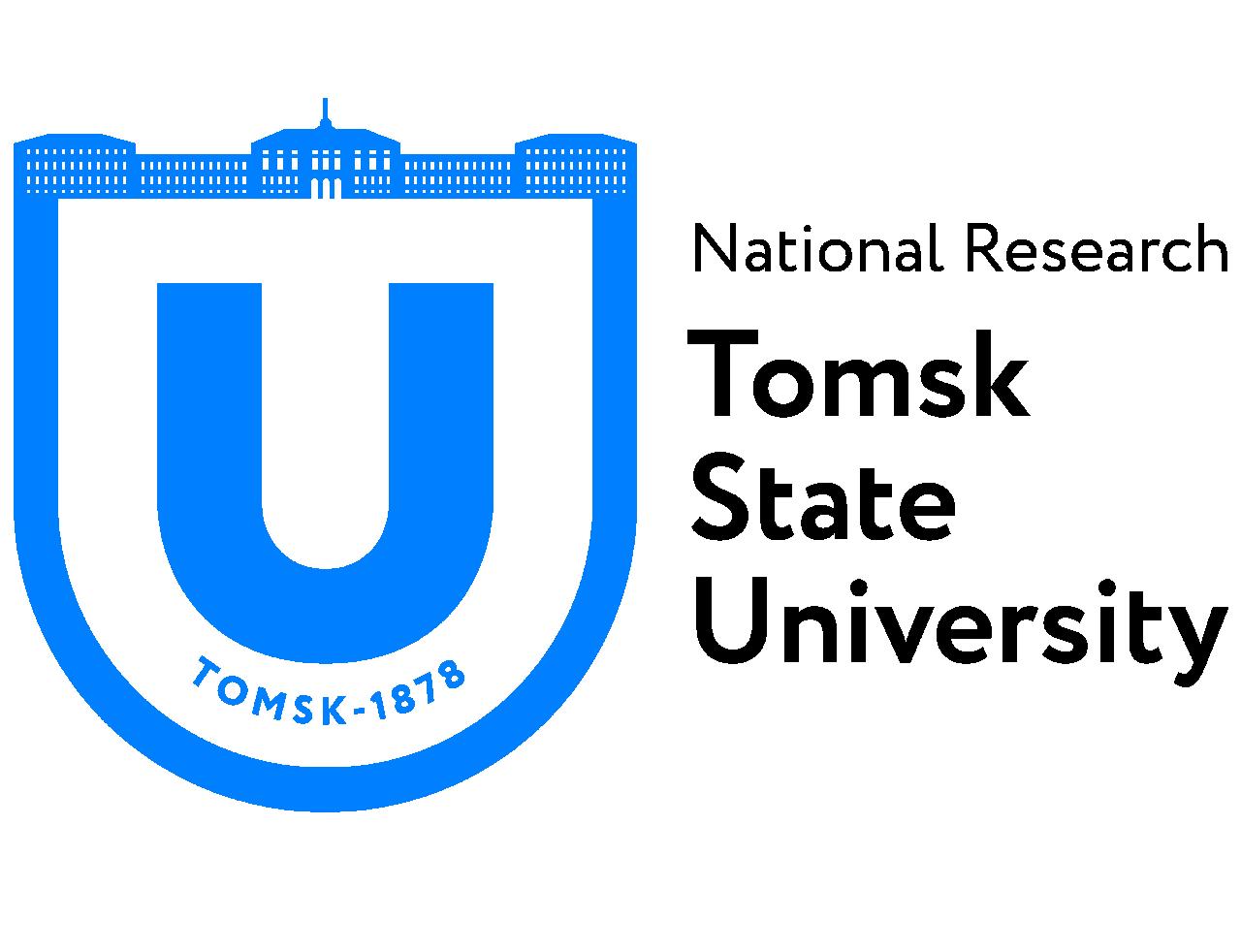Tomsk State University: Scientists will find out how the Great Vasyugan Mire cools the Earth
Scientists from Tomsk State University, in a joint expedition with the staff of the Vasyuganskiy preserve and with the support of the Tomsk branch of the Russian Geographical Society, carried out sampling at the Great Vasyugan Mire. The study of samples of snow and water, and measurements of greenhouse gas emissions in small lakes, will help scientists to assess the functionality of the swamp. The researchers intend to find out whether the largest swamp in the world continues to cool the Earth’s atmosphere or global warming has disrupted the work of a natural refrigerator.
– The swamps of Western Siberia play a colossal climate-regulating role, – says Sergey Vorobyov, a member of the expedition. – Most experts adhere to the hypothesis, and we agree with it, that the swamps located in the south of Western Siberia cool the atmosphere. This is because swamps absorb carbon – the main constituent of greenhouse gases from the atmosphere – and retain it.
In turn, the northern swamps of Western Siberia, which contain huge reserves of greenhouse gases, on the contrary, warm up the atmosphere. Global warming is causing permafrost to melt, releasing large amounts of methane and carbon dioxide, which intensifies warming.
– In fact, the Great Vasyugan Mire is the largest refrigerator on the planet,- explains Sergey Kirpotin, director of the TSU Center of Excellence Bio-Clim-Land. – But in the context of global climate transformation, the functionality of this natural object can change. It is an extremely complex ecosystem in which many components interact. Moreover, it is still largely unclear how this happens and how climate transformation affects this interaction.
The task of scientists is to find out the level of dissolved carbon concentration in the swamp, to determine the volumes of methane and carbon dioxide emissions. As part of the expedition, the researchers for the first time made emission measurements using cameras equipped with special sensors. The study of samples of bog water will provide information on its most important indicators – micro- and macroelement composition, the level of oxygen, dissolved carbon, methane and carbon dioxide, electrical conductivity – and conclude how stable the state of a natural object is.
According to scientists, the swamp is a very stable ecosystem, but under the influence of climate transformation, significant changes can occur. This will directly affect humans. So, the state of the Great Vasyugan Mire affects the well-being of the rivers that flow from it – these are the Tara, Iksa, Vasyugan, Shegarka, and many others. Along with this, dried peatlands pose a great fire hazard for the population of nearby regions, so it is important to monitor the condition of the swamps.
In the summer of 2021, TSU scientists will again go on an expedition to the Great Vasyugan Mire to resample the swamp and many other water bodies located in hard-to-reach places. In addition to water samples, samples of peat will be taken from the swamp, which acts as a carbon sink, retains it, and stores it in a preserved form. Scientists will assess not only the concentration of carbon in peatlands but also the condition of their upper layers.
According to researchers, there are major environmental threats associated with swamps that are underestimated today.

